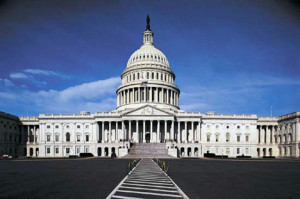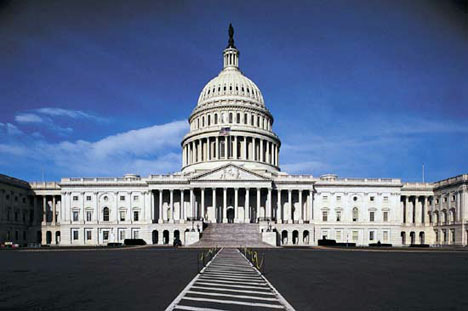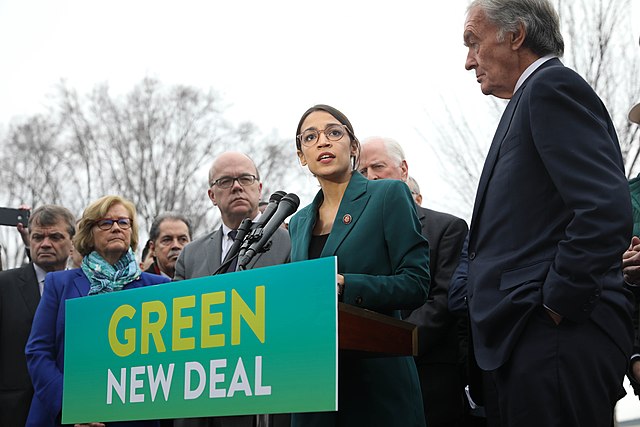
During the 1990s Congress tasked the US Department of Defense with a new responsibility: to provide direct assistance to foreign military entities to help them fight drug cartels as a way to fight the drug trade in the USA. This was something that until then was a budget line for the State Department.
The aid to foreign defense establishments became known as the Building Partner Capacity, and it surged after September 11, 2001. Today the RAND Corporation estimates that the Pentagon has at least 70 different authorities through which BPC is invested in different types of conflicts around the world. The money is funding such causes as fighting insurgency in the Philippines, gang wars in El Salvador, and terrorism in the Niger Delta.
The reason we need the RAND Corp to tell us how large the BPC program is, is because although Congress knows how much federal money is budgeted toward this program- $10 billion- there is no country-level breakdown of where the money ends up going.
This glaring lack of oversight is now being addressed: The Senate Armed Services Committee is beginning to have hearings to take a closer look at these programs. Not only would Congress like to know how much money is being spent where and how, it would also like to know whether BPC is actually effective. Perhaps, rather than improving the situation around the world, perhaps it is actually doing harm in some, or many, of the arenas the US is involved in.


